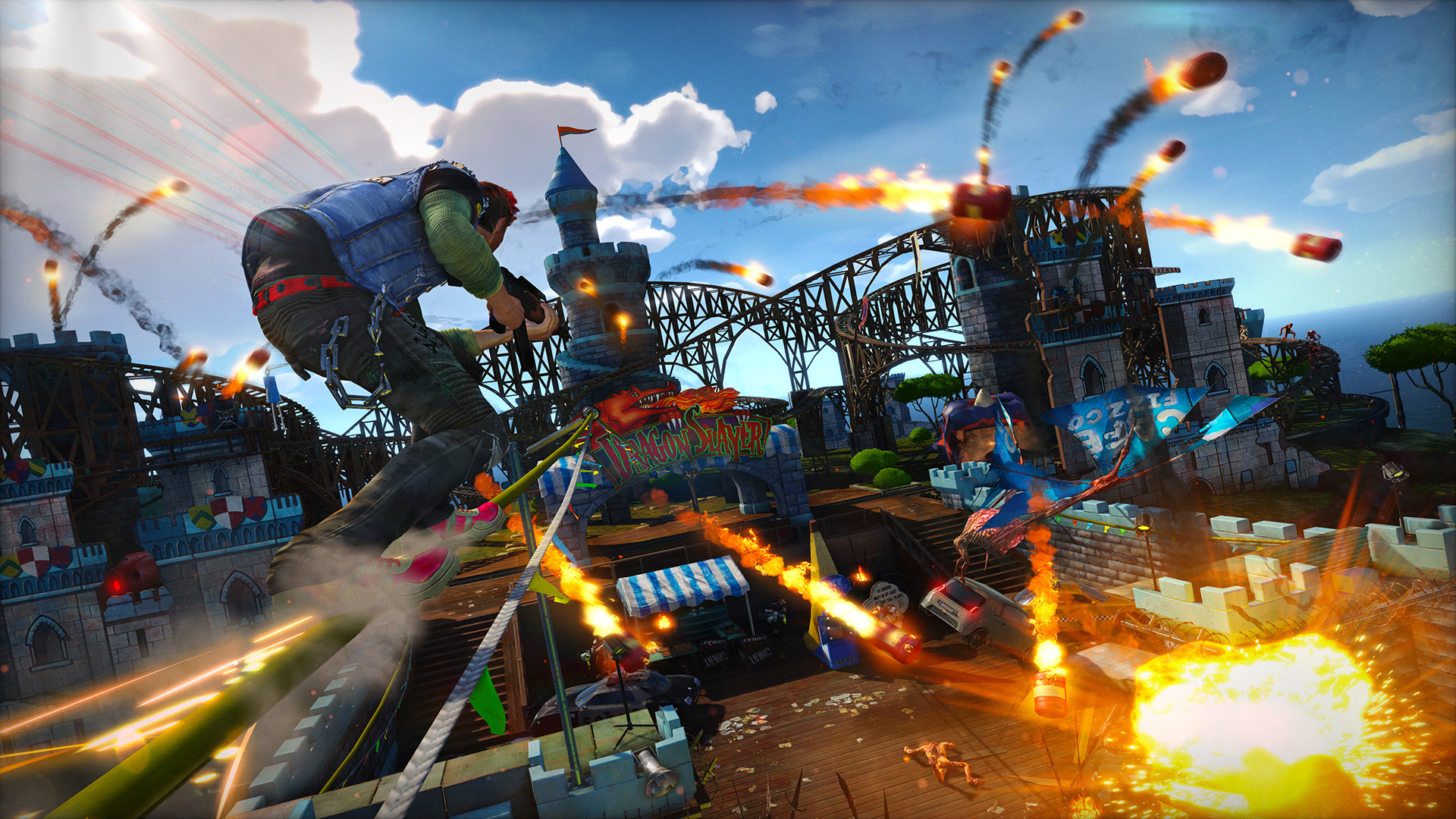MechCommander 2 is a classic real-time strategy game that debuted on PC in 2001. Designed by FASA Interactive and published by Microsoft, MechCommander 2 bears a significant mark in the realm of retro video games. In this article, we will provide a comprehensive overview and in-depth review of the game. We will delve into the game’s gameplay mechanics, sound design, graphics, storyline, replayability, and difficulty level, aiming to give our readers a thorough understanding of what MechCommander 2 has to offer. First, we will provide a brief history of MechCommander 2 before discussing our initial impressions of the game’s graphics, sound design, gameplay mechanics, and difficulty level. Let’s dive into the world of MechCommander 2, one of the most iconic retro strategy games in the market.
Gameplay
MechCommander 2 offers two distinct gameplay modes, including the Campaign mode and Multiplayer mode. The campaign mode offers an intricate narrative experience that complements its satisfying gameplay elements. Players take command of a mercenary company comprising different Mechs; each equipped with unique abilities that the player can explore depending on the strategy required to complete various missions throughout the game.
The in-depth gameplay mechanics are a significant component of MechCommander 2, contributing to the game’s overall appeal. Players can customize their Mech’s loadout and suit up with appropriate weapons, ammo, and additional equipment before battle. The detailed gameplay mechanics ensure that players can employ various tactics and strategies to complete many missions, adding to the game’s replayability.
In Multiplayer mode, players compete against one another in a variety of game modes and elements. The game features multiple multiplayer campaigns, including “Campaign Drop,” and “Survivor Drop.” Multiplayer maps range from forested areas, arctic tundras, and urban environments, ensuring a diverse and dynamic multiplayer experience.
MechCommander 2 Multiplayer mode offers a balanced gameplay experience, which helps make it one of the most overall satisfying RTS video game experiences available. Furthermore, the game includes community-supported content, offering a chance for players to create custom campaigns and maps, keeping the game fresh and exciting even after years of playing it. These features all contribute to MechCommander 2’s overall brilliance within the classic PC game genre.
Graphics and Sound Design
When it comes to evaluating a retro video game, graphics and sound design are two critical elements that can significantly impact the player’s experience. MechCommander 2’s graphical enhancements make it a unique stand-out game in the genre. The graphics are not only visually appealing, but they also capture the essence of the game’s storyline. The new visuals and environment showcase the game’s increased graphical capabilities and updated technology, making it shine in the retro gaming world.
The sound design of MechCommander 2 is an excellent example of how sound design should be incorporated into video games. The audio engagements in the game are seamless and add an immense amount of value to the player’s experience. Additionally, the soundtrack, music selection, and sound effects of the game contribute to the overall feel and immersion of the gameplay. The impressive sound effects, ranging from weapon vibration to explosions and battle cries, give the game a sense of realism and add to the players’ enjoyment of the game.
Overall, the graphics and sound design are the key standout features of MechCommander 2 that solidify its spot as a unique and significant game in the retro gaming industry.
Story and Narrative
MechCommander 2 features a well-crafted story with a compelling premise that revolves around an ongoing conflict between several factions. The game centers around the player, who must take control of a group of soldiers that are part of an elite mercenary unit. The player’s job is to tactically maneuver the troops through a series of missions, engagement, and strategic combat scenarios while navigating the intricacies of the game’s fictional universe.
The game’s narrative structure is fascinating, featuring interwoven plotlines drawn from the game’s factions, with unexpected twists and turns that keep players engaged and invested in the story. The factional differences are apparent from the start, with each group having its own methodology and unique characteristics. This provides the player with several choices throughout the game that will affect the plotline’s outcome.
The quality of writing in MechCommander 2 is top-notch, with excellent dialogue, well-defined characters, and a solid story. Each of the game’s characters has their own unique personality, backstory, and viewpoint on the world around them, providing an excellent opportunity for players to connect with the game’s storyline on a personal level.
In MechCommander 2, the player’s ability to lead the unit and the outcome of each battle are influenced by the various characters’ personalities, adding an immersive element that further enhances the gameplay experience. The narrative content in MechCommander 2 is truly an excellent aspect of the game, making it a must-play title for retro gamers looking for an engaging, well-written story that keeps them invested in the character and the game’s universe.
Replayability and Difficulty
MechCommander 2 was praised for its fair but challenging difficulty curve, which kept players engaged throughout the entire campaign. The game’s high level of difficulty means that it’s not going to be everyone’s cup of tea, but many fans love the challenge and have praised the game for it.
1. Difficulty Curve
MechCommander 2 has an accessible learning curve that helps new players adjust to the game mechanics and build their skills. However, once the player begins to advance through the campaign, the difficulty increases at a steady pace. The final few levels of the campaign can be particularly challenging. Feedback from players is polarized, as some players may find the game too difficult, while others love the challenge. We would say that the difficulty is entirely fair and consistent with the player’s progression through the game.
2. Replay Value
MechCommander 2 has excellent replayability, even after completing the campaign. The game offers different options at each milestone to explore new tactics and strategies. Along with the controls, players have access to a variety of assets and upgrades, offering an incredible range of customization. Just like with any game with sandbox mechanics, players can experiment, play with different strategies, and enjoy the game in various ways.
In addition to multiple milestones that you can complete by achieving various objectives, MechCommander 2 offers a range of alternative missions to keep the game fresh, fun, and engaging. It’s an excellent way to replay the game and explore unique mechanics and strategies.
Conclusion
In conclusion, MechCommander 2 is a well-designed retro game that has stood the test of time. Its immersive gameplay, successful graphics and sound design, and engaging storyline contribute to its significance in the real-time tactics genre. The game’s graphics and sound have aged well throughout the years since its initial release, providing a nostalgic and satisfying experience for both veteran players and newcomers to the game.
While the campaign is a great single-player experience, the multiplayer mode has become a hallmark of the game due to its comprehensive game modes and excellent balancing. The game can be challenging at times, but its difficulty curve appeals to a broad range of skill levels.
Overall, MechCommander 2 deserves a score of 8 out of 10 due to its significant contributions to the real-time tactics genre and for providing an experience that stands the test of time. This game is a must-play for retro game enthusiasts and fans of the genre alike. We highly recommend giving it a try, and hope you enjoy playing it as much as we did!
FAQs
1. Is MechCommander 2 worth playing in 2021?
Yes! Although it was released in 2001, MechCommander 2 still holds up today. Its engaging gameplay, well-written story, and excellent multiplayer mode offer hours of entertainment.
2. Can I customize my mechs in MechCommander 2?
Yes, you can customize your mechs with different weapons, armor, and specialized equipment. This makes for a more unique gameplay experience and allows players to experiment and find the best possible loadout.
3. Is the difficulty level in MechCommander 2 too high?
The difficulty level can vary depending on the player’s skill level and experience with real-time strategy games. However, the game offers a gradual difficulty curve, ramping up the challenge as the player progresses. The player can adjust the difficulty level as necessary to ensure a suitable level of challenge.
4. How is the multiplayer mode in MechCommander 2?
The multiplayer mode in MechCommander 2 is extensive and offers various game modes and options. Additionally, the online community for the game is still active, making it easy to find other players to compete against. The gameplay is well-balanced and allows for exciting, competitive matches.
5. Is the soundtrack in MechCommander 2 noteworthy?
Yes, the soundtrack in MechCommander 2 is memorable and engaging. The music enhances the game’s atmosphere and provides an immersive experience for players. Additionally, the sound effects are top-notch and add to the game’s overall sound design.



